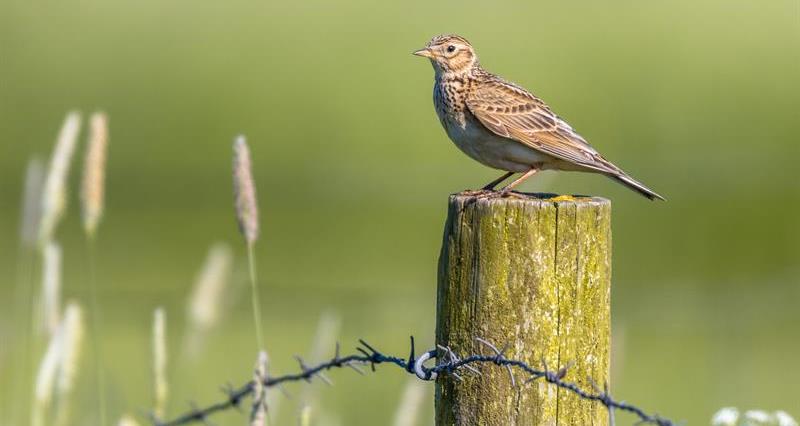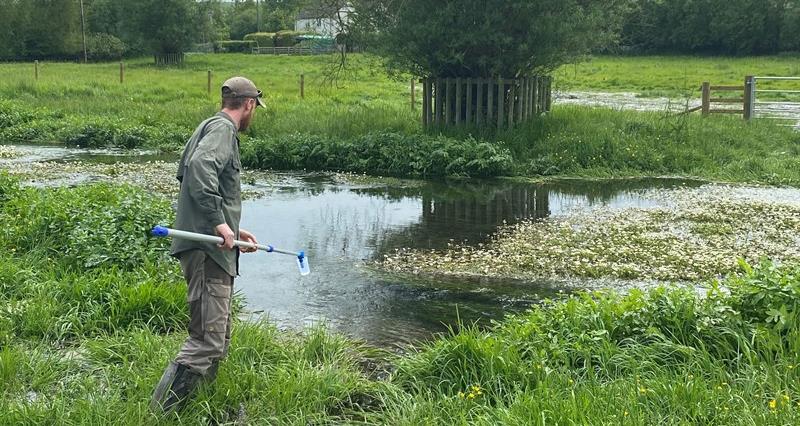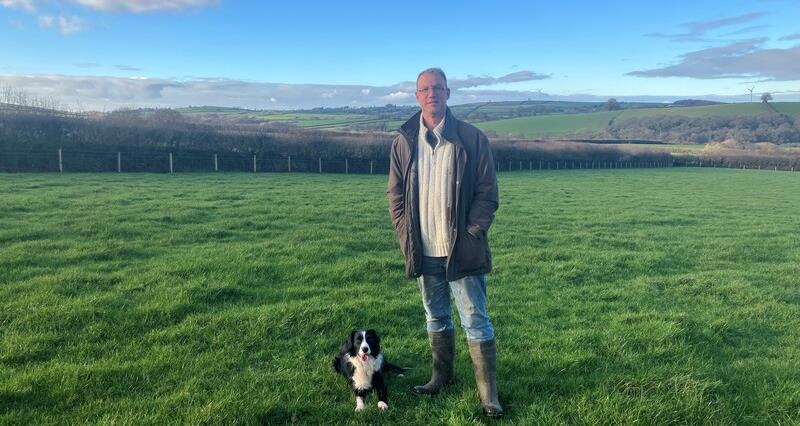The annual nationwide survey, organised by the GWCT (Game and Wildlife Conservation Trust) and sponsored by the NFU, provides a vital snapshot of the health of our cherished farmland birds.
This latest iteration mark the twelfth anniversary of the GWCT Big Farmland Bird Count – the first nationwide citizen science project to involve farmers in monitoring the state of farmland songbirds.
The count aims to raise awareness of the important role farmers play in the conservation of farmland birds, and to measure the impact of the conservation work that many farmers and wildlife managers carry out.
“The Big Farmland Bird Count is a great opportunity for farmers to highlight the wildlife found on their farms,” said NFU Deputy President David Exwood.
“This year, 1,369 farmers took part in the BFBC survey counting 125 different species. The majority of farmers were in agri-environment schemes, providing vital habitats for birds.
“It is important that the government reopens the SFI as soon as possible to enable this support to continue. SFI needs to be available for the several thousand expiring Countryside Stewardship Mid Tier agreements that end in December this year. Without SFI, thousands of hectares of valuable habitat could be lost.”
Bird count results at a glance
- 358,913 birds were counted.
- Starling, woodpigeon and pink-footed goose were the most abundant species recorded.
- 26 species on the Red List were spotted totalling 139,102 individual birds.
- 44% of farms provide supplementary feed to help birds through winter.
- 65% of participants are in an agri-environment scheme.
“The Big Farmland Bird Count is a great opportunity for farmers to highlight the wildlife found on their farms.”
NFU Deputy President David Exwood
While there were decreases in the sightings of some species such as long-tailed tits and curlews, recordings of red-listed common gulls were up 112% and sightings of amber-listed kestrals increased by 182%.
SFI critical
The GWCT’s Director of Advisory and Education Roger Draycott said that confirmation in the Chancellor’s Spending Review that funding for SFI had been secured until 2029 was critical to UK nature recovery.
He added: “We were delighted by the number of farmers across the UK who entered the BFBC this year demonstrating a strong engagement with the wildlife on their farms. Our farmland birds continue to decline nationally and we will only reverse that trend if farmers, who manage 72% of the UK’s countryside, are encouraged and properly funded to implement conservation measures on their land.”
Nearly half of this year's participants undertook supplementary feeding of birds in winter and many had planted wild bird seed mixes on their land to provide food, both of which are options in SFI.
Tips to help make a change
The GWCT suggests a few changes can make a big difference:
- Adopt effective conservation measures, such as providing supplementary winter feeding or growing crops specifically to provide seed for birds.
- Provide extra winter seed food. Supplementary feeding is particularly beneficial for birds of conservation concern like grey partridge, yellowhammer and corn bunting.
- Use ‘conservation headlands’ – wide field margins where little or no pesticides are used – to encourage insect populations and safe nesting habitat.
How does the count work?
The GWCT Big Farmland Bird Count asks farmers and land managers to spend 30 minutes recording the bird species they see on their land as part of an annual nationwide survey which helps to identify any species which are struggling.
The count is a simple way for farmers to assess the natural capital on farm, and to chart the effects of any conservation they carry out. It also helps demonstrate the impact of the government’s Environmental Land Management schemes.
Completing it year after year can help to establish the biodiversity gains from long-term conservation efforts.
The scheme was launched in 2014 to highlight the positive work done by farmers and gamekeepers in helping to reverse the decline in farmland birds.



